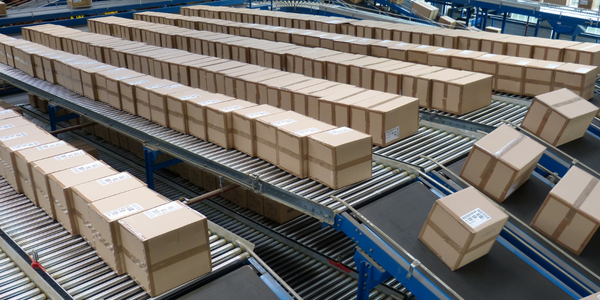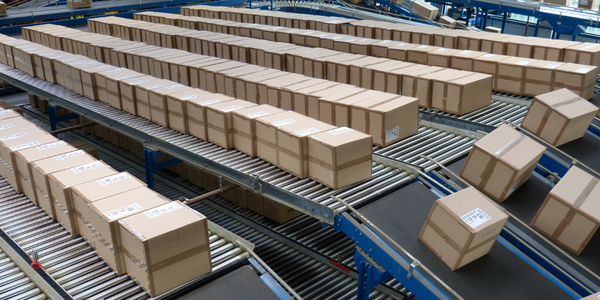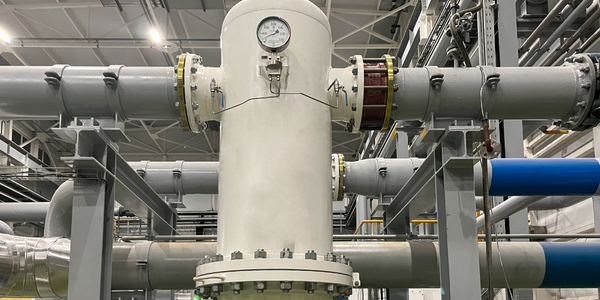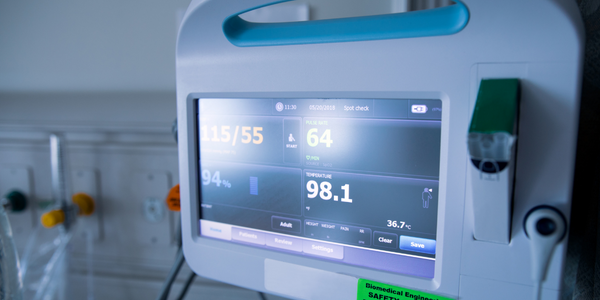Technology Category
- Infrastructure as a Service (IaaS) - Cloud Computing
- Infrastructure as a Service (IaaS) - Cloud Databases
Applicable Industries
- Packaging
Applicable Functions
- Product Research & Development
- Sales & Marketing
Use Cases
- Inventory Management
Services
- Hardware Design & Engineering Services
About The Customer
Agence Surf is a creative marketing communications agency located just west of Paris, France. With over 25 years of experience, the agency has a proven track record of executing successful projects for global brands like Samsung, Mazda, Roche, and Luxottica. The team at Agence Surf excels in branding, packaging, and digital marketing. One of their secrets to creative genius has been reliable font management, which is crucial for their design projects. However, the shift to remote work during the COVID-19 pandemic posed a significant challenge to their established workflow.
The Challenge
Agence Surf, a creative marketing communications agency based in Paris, France, faced a significant challenge when the COVID-19 pandemic forced a shift to remote work. The agency, known for its expertise in branding, packaging, and digital marketing, relied heavily on Extensis’s font manager Universal Type Server (UTS) for their creative projects. However, the work-from-home requirements disrupted their workflow as managing updates to UTS on their server hardware became a productivity hurdle. The team needed continuous access to their fonts in UTS, which meant they had to stay connected to their VPN all the time. This led to a slower workflow, especially when working in memory-intensive design apps through their VPN. The agency recognized this situation as unsustainable and sought a solution that could provide flexible font management, eliminate font-related errors, and remove chaos from their creative process.
The Solution
The solution to Agence Surf's challenge came in the form of Connect Fonts, a cloud-based font manager suitable for teams of all sizes. By transitioning to Connect Fonts, the designers at Agence Surf were able to resume their rapid workflow with the same font accuracy they were accustomed to. Unlike the previous system, Connect Fonts did not rely on expensive server hardware, and manual updates became obsolete. The cloud-based font manager offered quick and easy font management, distribution, and auto-activation. This meant that everyone at Agence Surf could complete their best work wherever and whenever they wanted, without the need to stay connected to a VPN. The transition to Connect Fonts allowed Agence Surf to adapt quickly to the challenges of remote work, enabling them to focus on the big picture and avoid creative chaos.
Operational Impact

Case Study missing?
Start adding your own!
Register with your work email and create a new case study profile for your business.
Related Case Studies.

Case Study
IoT Data Analytics Case Study - Packaging Films Manufacturer
The company manufactures packaging films on made to order or configure to order basis. Every order has a different set of requirements from the product characteristics perspective and hence requires machine’s settings to be adjusted accordingly. If the film quality does not meet the required standards, the degraded quality impacts customer delivery causes customer dissatisfaction and results in lower margins. The biggest challenge was to identify the real root cause and devise a remedy for that.

Case Study
Zenon the Ideal Basis for An Ergonomic HMI
KHS develops and produces machines and equipment for filling and packaging in the drinks industry. Because drinks manufacturing, filling and packaging consist of a number of highly complex processes, the user-friendly and intuitive operation of equipment is increasingly gaining in significance. In order to design these processes as simple as possible for the user, KHS decided to introduce a uniform, transparent and standardized solution to the company. The HMI interface should meet the requirement for people with different qualifications and enable them to work on a standard platform.

Case Study
Sparks Dynamics Assists Atlas Container Secure a $15,000 BGE Energy Rebate
The ReMASTER Compressed Air Monitoring system was installed in 2015. This system is capable of monitoring compressed air system parameters on a continuous basis and transferring that information to a cloud server which can be accessed by Atlas Container personnel, Industrial Diagnostics and Sparks Dynamics. This information was collected into a database which can be exported to an Excel spreadsheet or displayed graphically using Sparks Dynamics ViewMaster Software. The average annual compressed air electricity expense was estimated to be approximately $116,000. This is based on an incremental $/KWh electric rate of $.091 per KWh and an estimated compressed air energy consumption of 1,279,200 KWH. The implementation phase of Energy Conservation Measures (ECMs) for the Compressed Air System included: • Identification and repair of compressed air leaks • Understanding of compressed air usage per manufacturing machine and installation of shut off valves when the machines are no longer in production mode • Identification of misapplications of compressed air to include blow offs, venturis, and cooling scenarios • Understand system pressure requirements and potential installation of point of use pressure regulation.

Case Study
Mondi Implements Statistics-Based Health Monitoring and Predictive Maintenance
The extrusion and other machines at Mondi’s plant are large and complex, measuring up to 50 meters long and 15 meters high. Each machine is controlled by up to five programmable logic controllers (PLCs), which log temperature, pressure, velocity, and other performance parameters from the machine’s sensors. Each machine records 300–400 parameter values every minute, generating 7 gigabytes of data daily.Mondi faced several challenges in using this data for predictive maintenance. First, the plant personnel had limited experience with statistical analysis and machine learning. They needed to evaluate a variety of machine learning approaches to identify which produced the most accurate results for their data. They also needed to develop an application that presented the results clearly and immediately to machine operators. Lastly, they needed to package this application for continuous use in a production environment.

Case Study
Automated Pallet Labeling Solution for SPR Packaging
SPR Packaging, an American supplier of packaging solutions, was in search of an automated pallet labeling solution that could meet their immediate and future needs. They aimed to equip their lines with automatic printer applicators, but also required a solution that could interface with their accounting software. The challenge was to find a system that could read a 2D code on pallets at the stretch wrapper, track the pallet, and flag any pallets with unread barcodes for inspection. The pallets could be single or double stacked, and the system needed to be able to differentiate between the two. SPR Packaging sought a system integrator with extensive experience in advanced printing and tracking solutions to provide a complete traceability system.

Case Study
Industry 4.0 at ALPLA: Enhancing Factory Efficiency with IoT
ALPLA, a global leader in packaging solutions, faced several challenges as the complexity of their production machinery increased. The need for highly trained specialists in each factory led to higher personnel costs, difficulties in recruiting experienced talent at each location, and costly personnel turnover. Furthermore, less experienced operators running the machines sub-optimally impacted resource consumption and overall equipment effectiveness (OEE). ALPLA also faced the challenge of monitoring visual inspection systems in every line of their plants, which was almost impossible to do manually. In 2016, ALPLA decided to use data from the 900 different types of embedded sensors in each factory to address these issues. However, their initial choice of SQL Server as the data store for the sensor data proved inadequate, as it was unable to cope with their data requirements.







